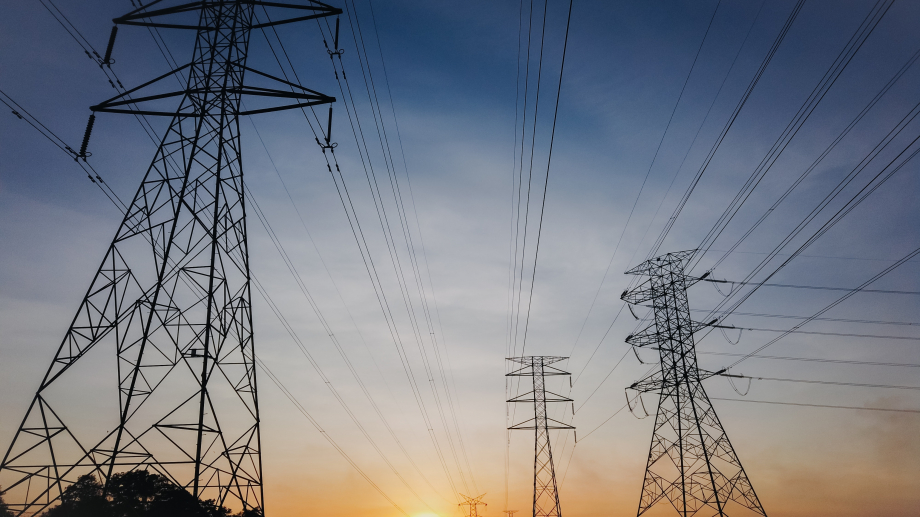
How Utilities Can Reduce Non-Technical Losses
According to one recent study completed by the World Bank, it has been estimated that electricity distribution utilities lose a combined $96 billion in revenue every year. Much of this is due to non-technical losses, otherwise known as commercial losses.
It’s been estimated that these issues have the greatest impact on emerging markets, particularly in South Asia, Latin America and even Africa. For example, India alone loses $14 billion annually – pointing to an issue that must be addressed at all costs.
So how can utilities reduce their non-technical losses and come out all the better for it?
Jump to key topics
Jump to key topics
1. What are Non-Technical Losses?
In the utility sector, non-technical losses are losses which are caused by non-physical factors. In an overarching sense, they result from a company not charging the correct amount to a consumer based on their consumption.
In addition to consumer behavior issues, factors that contribute to NTLs can include instances of fraud like meter tampering, billing irregularities made by incorrect meter reading and more. Theft can even be a problem, such as in situations where direct connections to the grid are made that allow someone to bypass meters and access the grid entirely.
2. How do NTLs affect utility companies and economic development?
NTLs affect both utility companies and their consumers in a host of ways. For starters, these situations almost always result in raised prices for honest customers. Lost costs must be covered either by other consumers or by the government, neither of which is ideal.
From the perspective of the utility provider, NTLs also result in increased maintenance costs. They also reduce the ability of utility providers to make long-term plans based on the real demand of customers in a particular area as non-technical losses cannot be adequately measured.
NTLs also have a direct, negative impact on the environment and global electricity consumption as well, as customers tend to reduce their consumption when billed for what they really use.
3. What solutions can reduce fraud and energy theft?
Thankfully, there are a number of different approaches that utility providers can take to reduce both fraud and energy theft. They include but are certainly not limited to ones like:
- Field audits of meters. This is one of the best ways to identify energy fraud or theft, though it does require in-person visits and inspections to the homes of customers. The cost is significant, but the amount of fraud prevented may make the investment worth it.
- Reinforcing grid security. Protected cables are an effective way to help prevent people from tapping directly into the grid. While it won’t prevent meter fraud, it could still help mitigate risk – albeit at a cost of between $100 to $200 per customer.
- Reducing the ability for customers to tamper with meters. Prepaid meters are an effective solution to that end, especially when it comes to avoiding non-payment. It’s not as effective as avoiding the issues of theft or fraud, but when combined with other solutions it could prove to be a worthy investment. The cost here tends to range from between $90 to $120 per customer, on average.
- The installation of smart metering. This is one of the most effective solutions, as it’s highly reliable and it transmits relevant data to the utility provider automatically. The issue is that it’s also an expensive one – in emerging markets, the initial investment of smart meters far outweighs the amount of money lost due to NTLs.
- Reduce billing irregularities by using mobile meter reading. Oftentimes, billing errors are caused by the process itself – either by human error, system issues or some combination thereof. In situations where the meter reading process can be automated, those instances of error can be eliminated – thus leading to more accurate billing across the board.
4. What are the advantages of mobile meter reading?
Mobile meter reading brings a host of distinct benefits for utilities. By integrating mobile meter reading into a workforce application, both utility workforces and those of registered 3rd party vendors can easily scan meters with their phone cameras.
This makes the process of reading meters easier than ever. Firstly, the technician can use their existing device, reducing the cost to utilities, and meaning no training is needed since they work with their own smartphones.
When it comes to reducing NTLs, mobile meter reading can play a key role:
- Corruption and bribes can make technicians change the value of a meter in their report, and falsify proofs of the reading. Mobile meter reading makes it impossible as the value is no more entered by hand but scanned directly from the meter.
- Mobile meter reading makes it easier to identify that the right meter has been read, as it can be authenticated by a barcode or serial number scan from the side of the meter.
- Anyline’s industry-first utility forensics technology also makes it harder to falsify data or proofs, as alerts will be sent if anything out of the ordinary is detected.
- Finally, utility companies can have further information about meter readings, with an automatic link made between the data captured and the time and place the reading was made.
- Mobile meter scanning is also far more accurate than manually entering the same information, and up to 20 times faster. Utilities can significantly reduce the error-rate of readings submitted, reducing disputes with customers over bills and ensuring faster payments.
5. How can they be integrated and used by utility workforces?
Anyline utility mobile meter reading technology can be easily integrated into an app thanks to its SDK (Software Development Kit) for the fast and secure transmission of meter reading data, all thanks to the advantages that mobile data scanning provides.
Anyline Meter Reading, offers an alternative to the traditional meter reading process. It’s a state-of-the-art solution that is built from the top down to prevent typing and reading errors, among other issues. It helps save time and there is absolutely no need for an employee to sit down and log into the online portal.
You can find out if mobile meter reading is the right solution for you by downloading our Energy & Water Demo App to test its capabilities.



